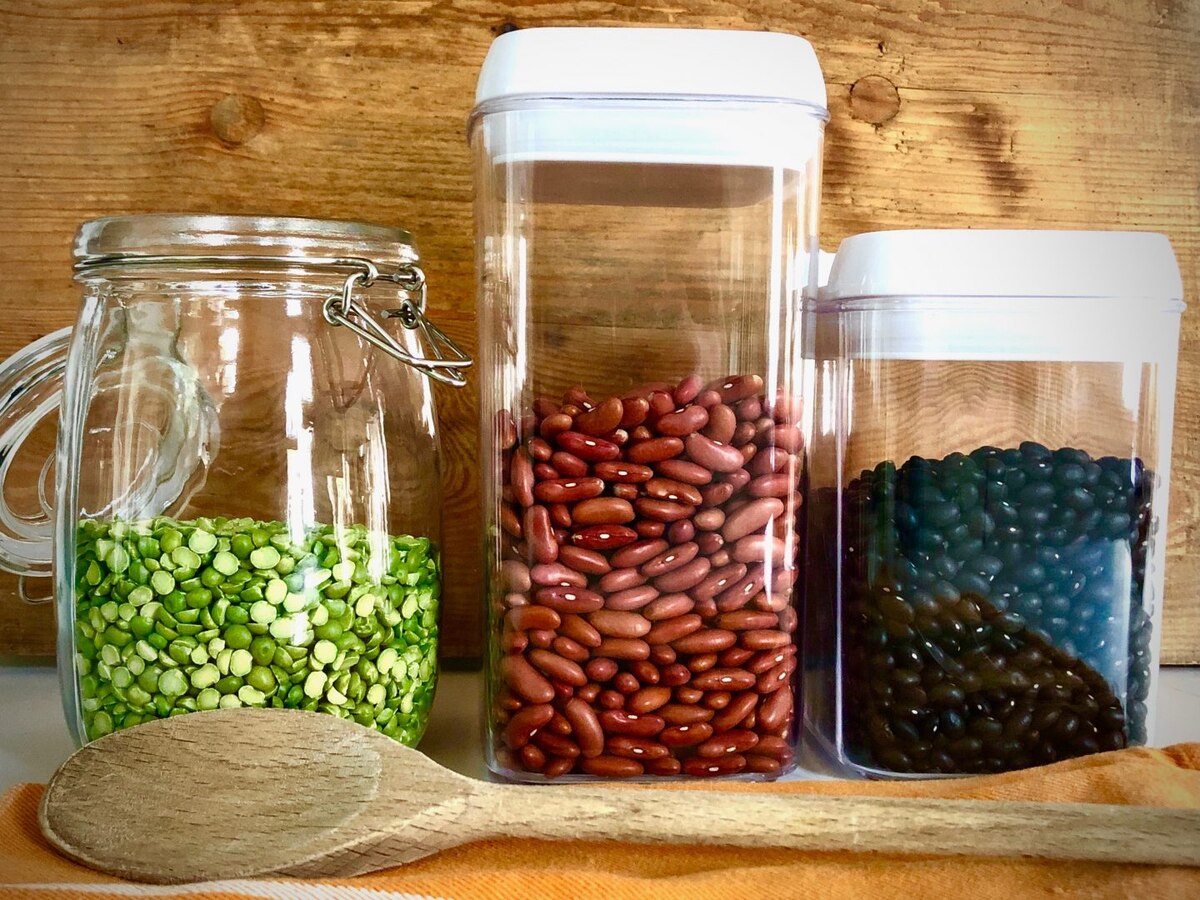

Articles
How To Store Dried Beans
Modified: December 7, 2023
Discover the best methods for storing dried beans in this informative articles. Learn how to keep your beans fresh and maximize their shelf life.
(Many of the links in this article redirect to a specific reviewed product. Your purchase of these products through affiliate links helps to generate commission for Storables.com, at no extra cost. Learn more)
Introduction
Welcome to our comprehensive guide on how to store dried beans. Whether you are an avid home cook or someone who likes to keep a well-stocked pantry, properly storing dried beans is essential for maintaining their quality and flavor. In this article, we will explore the benefits of storing dried beans, provide tips on selecting and buying them, discuss the importance of proper storage techniques, highlight methods for long-term storage, and offer insights on using stored dried beans. So, let’s dive in and discover the secrets to preserving these versatile legumes!
Key Takeaways:
- Properly storing dried beans offers cost savings, long shelf life, and culinary flexibility. Follow storage tips and explore long-term methods to enjoy nutritious and flavorful beans in your meals.
- Select reputable brands, store in airtight containers, and explore long-term storage methods to keep dried beans fresh and flavorful. Use stored beans in soups, salads, dips, and more for versatile culinary creations.
Read more: How To Store Dry Beans
Benefits of Storing Dried Beans
Storing dried beans offers a multitude of benefits, making it a worthwhile practice for any home cook. Here are some of the key advantages:
- Cost savings: Buying dried beans in bulk and storing them allows you to take advantage of cost savings. Dried beans are often more affordable than their canned counterparts and buying in bulk can reduce the price even further.
- Long shelf life: Dried beans have a significantly longer shelf life compared to fresh produce. When stored properly, they can last for up to a year or even more, allowing you to have a readily available and nutritious ingredient at all times.
- Nutritional value: Dried beans are rich in protein, fiber, and various essential nutrients. When stored properly, these nutrients are preserved, ensuring that you have a healthy and nutritious addition to your meals.
- Flexibility in cooking: Having a stash of stored dried beans opens up a world of culinary possibilities. You can easily incorporate them into soups, stews, salads, casseroles, and so much more. They serve as a versatile ingredient that can elevate the taste and nutritional value of your dishes.
- Sustainability: Storing dried beans promotes sustainable eating habits. By choosing to store dried beans instead of relying on canned beans, you can reduce waste associated with packaging and transportation.
Now that we’ve explored the benefits of storing dried beans, let’s move on to the next section, where we’ll discuss how to select and buy dried beans.
Selecting and Buying Dried Beans
When it comes to selecting and buying dried beans, there are a few key factors to consider to ensure you purchase the best quality beans for storage. Here are some tips to guide you:
- Choose reputable brands: Look for trusted brands that have a good reputation for quality. This can help ensure that you are purchasing beans that have been properly processed and stored.
- Check for freshness: Examine the beans for any signs of damage, such as insect infestation or mold. Fresh beans should appear smooth, uniform in color, and free from blemishes.
- Consider the variety: Dried beans come in a wide range of varieties, each offering its own unique flavor and texture. Experiment with different types to discover your favorites.
- Inspect packaging: Opt for beans that are packaged in airtight containers or resealable bags, as this helps preserve freshness and extends shelf life.
- Buy in bulk: Purchasing dried beans in bulk can be cost-effective. If you have the storage space, consider buying larger quantities to save money in the long run.
- Check for organic options: If you prefer organic produce, look for dried beans that are certified organic. These beans are grown without the use of synthetic pesticides or fertilizers.
Once you’ve selected the dried beans you wish to purchase, it’s time to move on to the next step: storing them properly. In the following section, we will discuss the importance of proper storage techniques to maintain the quality of dried beans.
Storing Dried Beans Properly
Proper storage of dried beans is crucial for preserving their quality, taste, and nutritional value. Here are some important tips to ensure you store your beans correctly:
- Keep them dry: Dried beans must be stored in a dry environment to prevent moisture absorption, which can lead to mold and spoilage. Moisture can also cause beans to lose their texture and take longer to cook.
- Store in airtight containers: Transfer your dried beans to airtight containers, such as glass jars or food-grade plastic containers with tight-fitting lids. This helps protect them from moisture and pests, and keeps them fresh for longer.
- Avoid exposure to light: Light exposure can cause the beans to lose their color and flavor. Store them in a cool, dark place, such as a pantry or cupboard, away from direct sunlight.
- Label containers: To easily identify the type of beans and their storage date, label the containers with the bean variety and the date of purchase or storage.
- Keep away from strong odors: Beans are highly absorbent and can easily take on the flavors and odors of nearby strong-smelling substances. Store them away from spices, onions, garlic, and other pungent food items.
- Monitor for pests: Regularly inspect your stored beans for any signs of pest infestation, such as insects or larvae. If you notice any, discard the affected beans and thoroughly clean the storage containers.
- Rotate your stock: To ensure the freshest beans, practice the “first in, first out” method. Use the oldest beans first and replenish your stock with new purchases to maintain a rotation.
By following these guidelines, you can keep your dried beans fresh and ready to use for an extended period. In the next section, we will discuss various methods for long-term storage of dried beans.
Store dried beans in an airtight container in a cool, dark place, such as a pantry or cupboard. This will help preserve their freshness and prevent them from absorbing any unwanted odors.
Methods for Long-Term Storage
If you want to store your dried beans for an even longer period, there are a few methods you can employ to ensure their longevity. Here are some effective techniques for long-term storage:
- Vacuum sealing: Vacuum sealing is an excellent method for extending the shelf life of dried beans. Use a vacuum sealer to remove air from the storage bags, preventing oxidation and maintaining freshness.
- Freezing: Freezing is another option for long-term storage, especially if you anticipate not using the beans for an extended period. Place the dried beans in airtight freezer bags or containers, and store them in the freezer. Properly frozen beans can maintain their quality for up to a year or more.
- Mylar bags with oxygen absorbers: Mylar bags combined with oxygen absorbers create an oxygen-free environment, preventing the growth of bacteria and reducing the risk of spoilage. Fill the bags with dried beans, add oxygen absorbers, and seal them tightly.
- Canning: Canning dried beans is a popular method for long-term storage. Follow proper canning procedures, including pressure canning, to ensure the beans are safely preserved. This method typically results in beans that are ready to use without the need for pre-soaking.
- Dehydrating: If you have a food dehydrator, you can dehydrate cooked beans to create dried bean flakes or powder. These can be stored in airtight containers and rehydrated when needed, extending their shelf life.
- Store in a cool environment: Temperature plays a significant role in preserving the quality of dried beans. For long-term storage, choose a cool location, such as a cellar or basement, to protect the beans from heat and humidity.
By utilizing these storage methods, you can extend the shelf life of your dried beans and have a ready supply of this nutritious ingredient whenever you need it. In the next section, we will explore how to use your stored dried beans effectively.
Read more: How To Store Dry Beans In Mason Jars
Using Stored Dried Beans
Now that you have successfully stored your dried beans, it’s time to put them to good use in your culinary creations. Here are some ideas for using your stored dried beans:
- Bean soups and stews: Dried beans are perfect for hearty, comforting soups and stews. Whether it’s a classic lentil soup, black bean chili, or a creamy white bean stew, the options are endless.
- Bean salads: Mix cooked beans with fresh vegetables, herbs, and a tangy dressing to create a refreshing and nutritious bean salad. Add some avocado or feta cheese for extra flavor.
- Bean dips and spreads: Mash or blend cooked beans with garlic, lemon juice, and spices to make delicious bean dips and spreads. They can be served with crackers, bread, or as a filling for wraps and sandwiches.
- Bean side dishes: Offer cooked beans as a versatile side dish. Season them with herbs, spices, and a drizzle of olive oil for a simple and nutritious addition to any meal.
- Bean-based patties and burgers: Combine mashed beans with breadcrumbs, vegetables, and seasonings to make homemade bean patties or burgers. These vegetarian options are delicious and packed with protein.
- Bean-based desserts: Believe it or not, beans can be incorporated into desserts too! Black bean brownies and chickpea blondies are examples of creative and healthy sweet treats.
Remember, when using stored dried beans, it’s important to rehydrate them properly before cooking. Most beans require soaking in water for several hours or overnight to soften. Follow the specific instructions for each variety of bean to achieve the best results.
With these ideas in mind, you can make the most of your stored dried beans and enjoy their versatility in a variety of delicious dishes. Now, let’s wrap up this guide.
Conclusion
Properly storing dried beans is not only a practical way to ensure you have a readily available ingredient, but it also offers numerous benefits such as cost savings, nutritional value, and culinary flexibility. By following the tips outlined in this guide, you can ensure that your stored dried beans stay fresh and flavorful for extended periods.
Remember to select reputable brands, check for freshness, and store your beans in airtight containers in a cool, dry, and dark place. Additionally, exploring different long-term storage methods such as vacuum sealing, freezing, or canning can further extend the shelf life of your dried beans.
When incorporating stored dried beans into your meals, the possibilities are endless. Whether it’s adding them to soups, salads, dips, side dishes, or even desserts, these versatile legumes provide a nutritional boost and a delicious flavor to your culinary creations.
With a well-stocked supply of stored dried beans, you can enjoy the convenience of having this nutritious ingredient on hand, while also saving money and reducing waste. So, start implementing these storage techniques, explore various recipes, and add the goodness of dried beans to your cooking repertoire.
Now that you have all the knowledge and tools to store dried beans properly, it’s time to embark on your culinary journey. Happy cooking!
Frequently Asked Questions about How To Store Dried Beans
Was this page helpful?
At Storables.com, we guarantee accurate and reliable information. Our content, validated by Expert Board Contributors, is crafted following stringent Editorial Policies. We're committed to providing you with well-researched, expert-backed insights for all your informational needs.
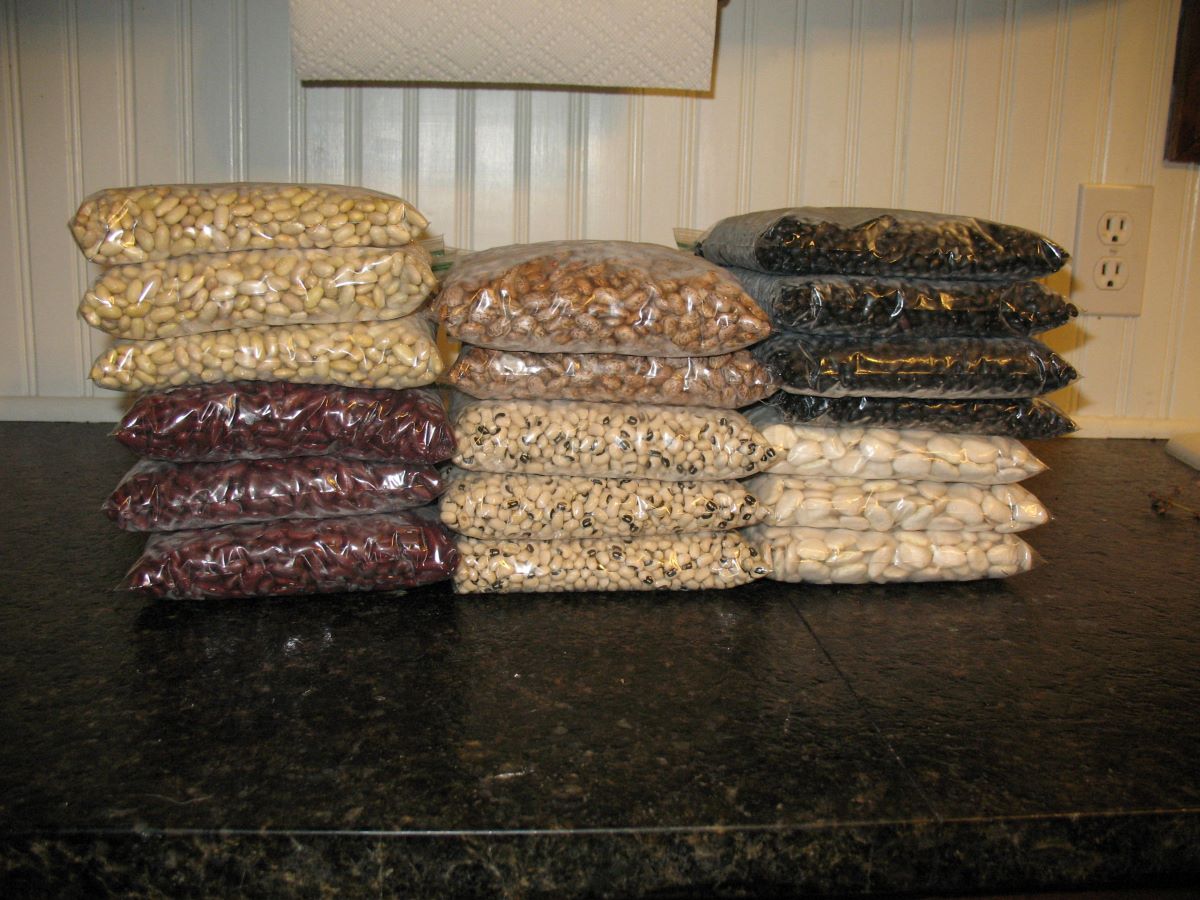
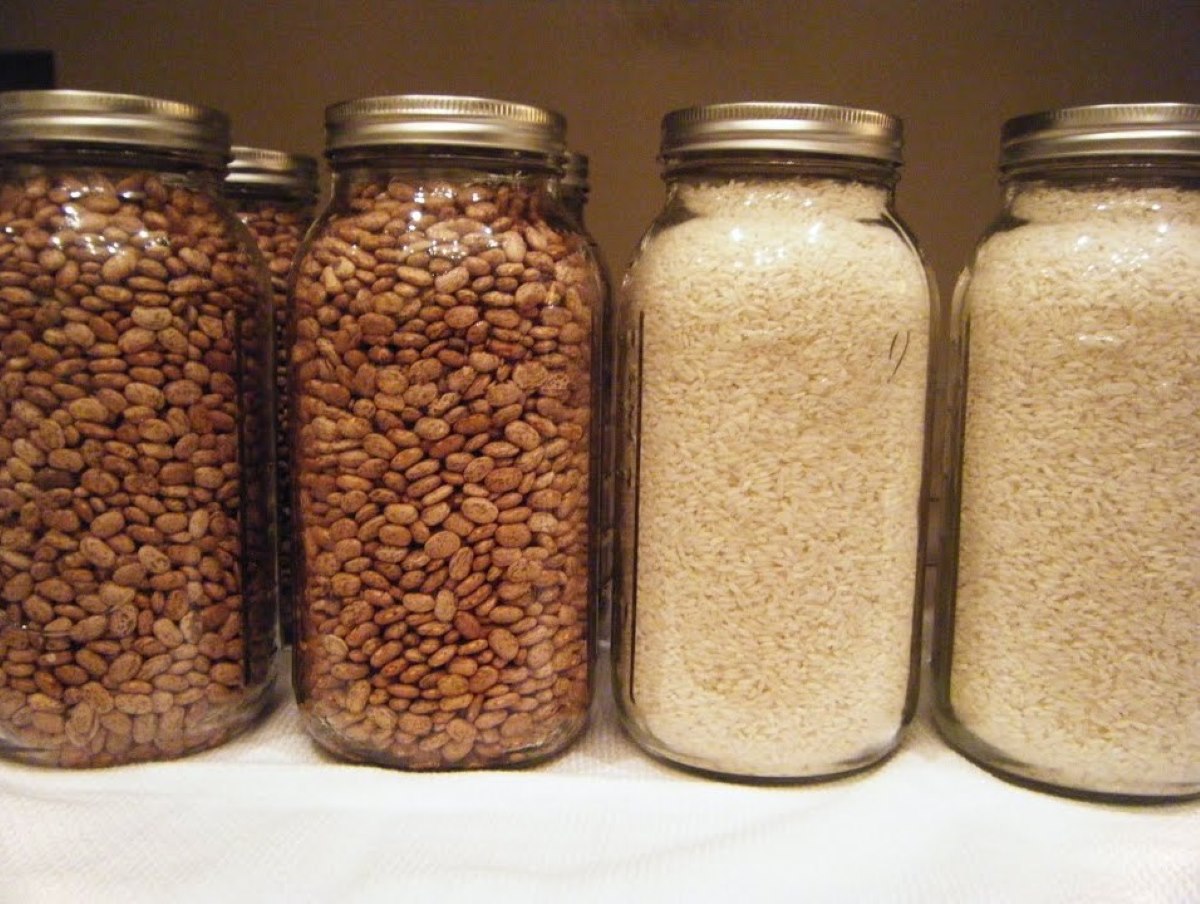
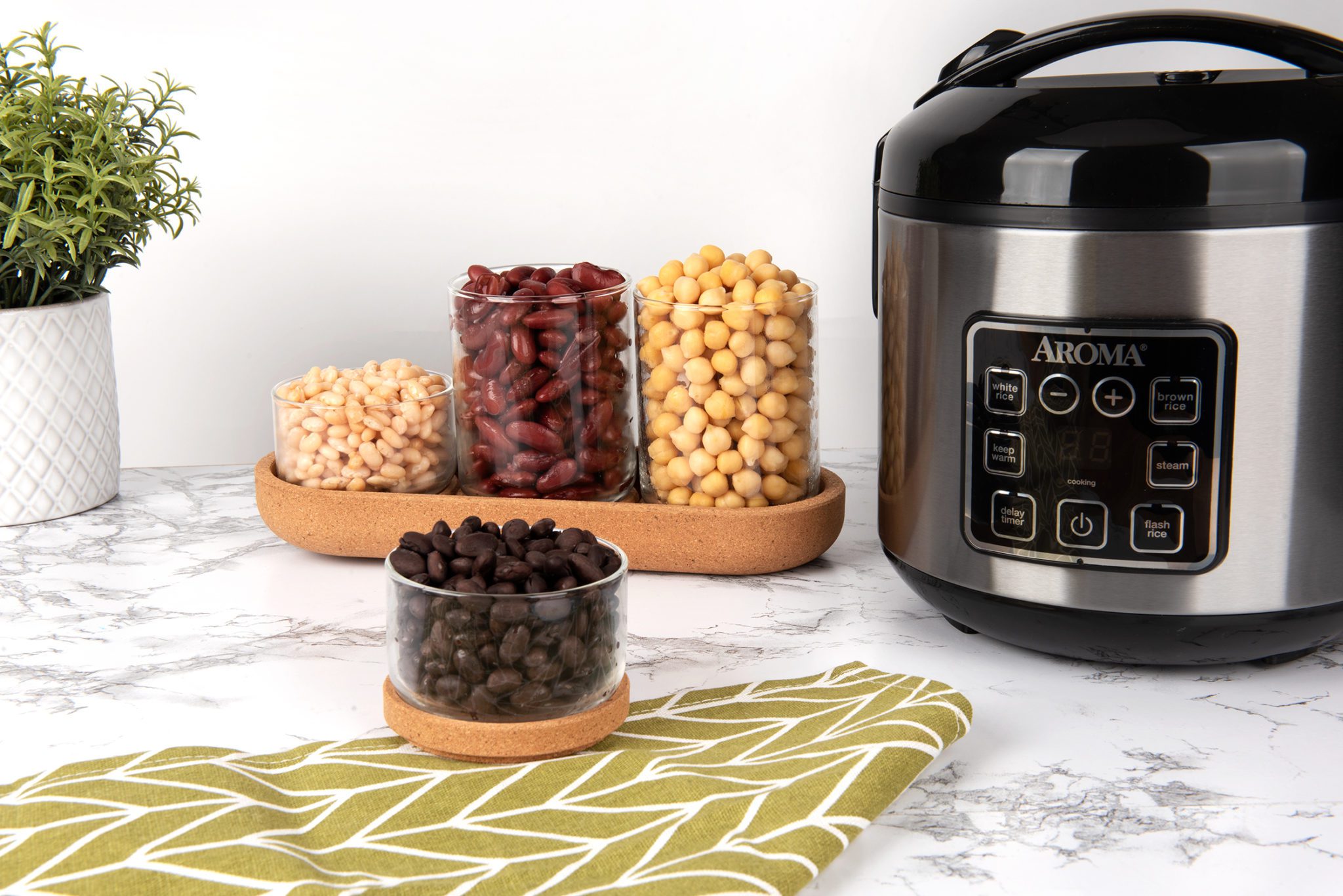

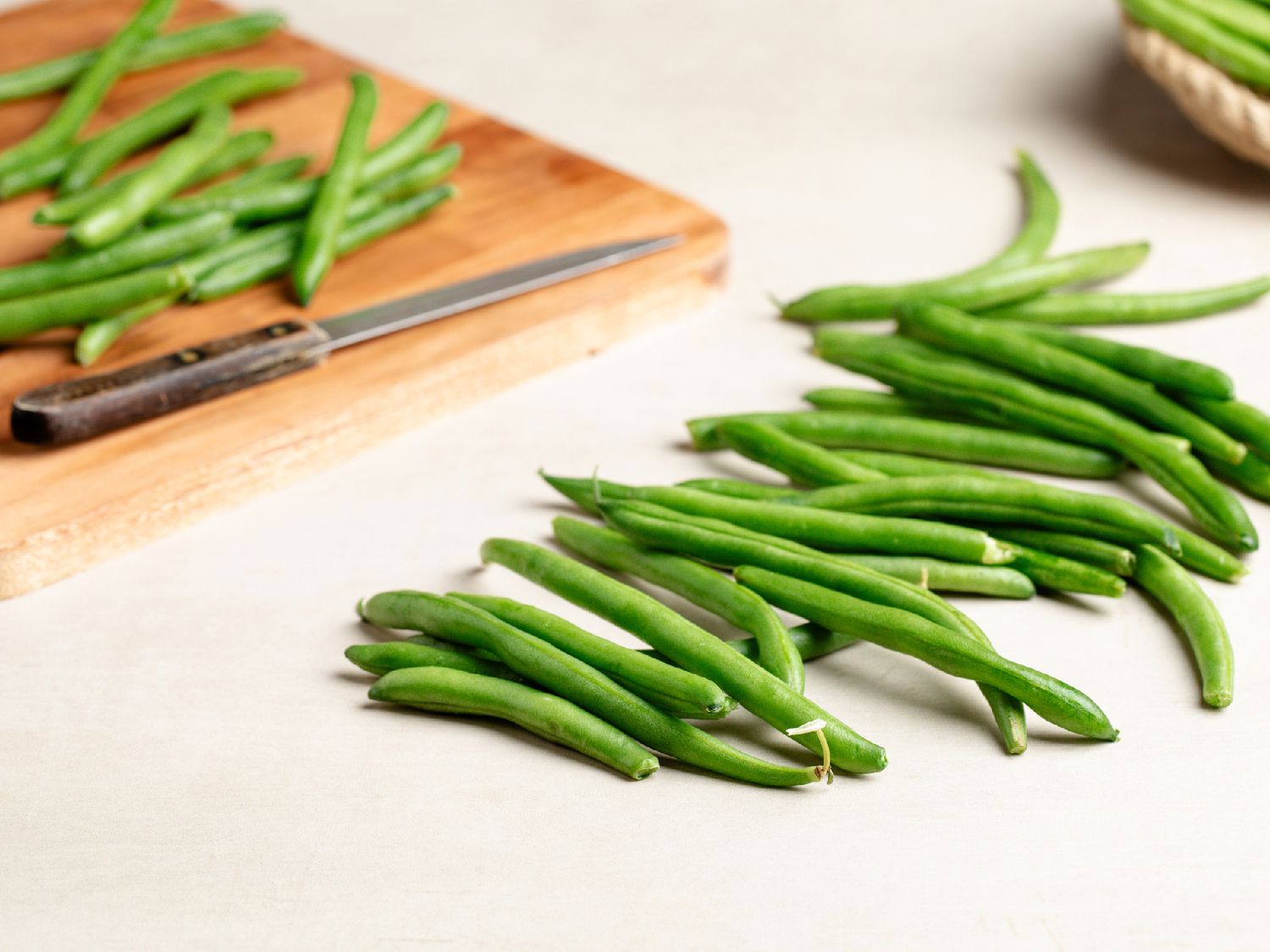
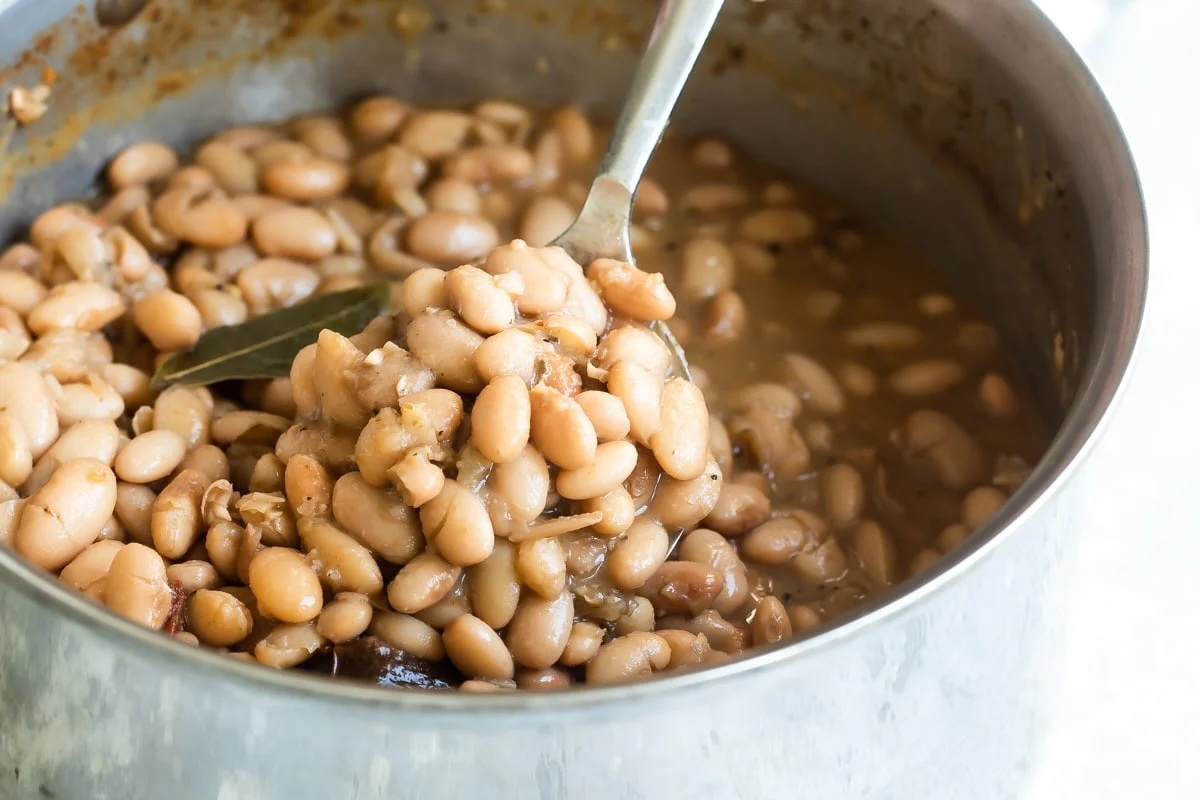

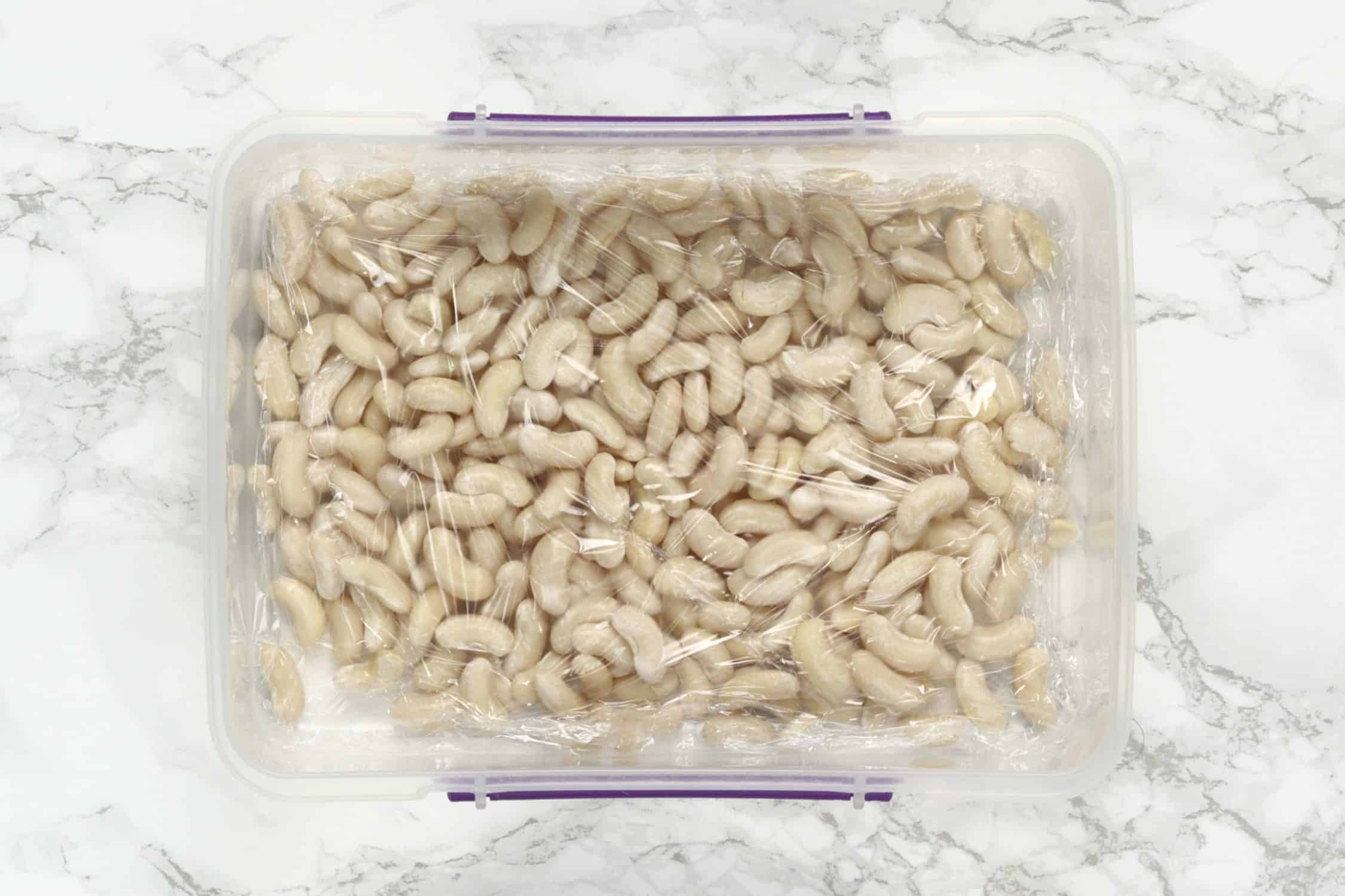

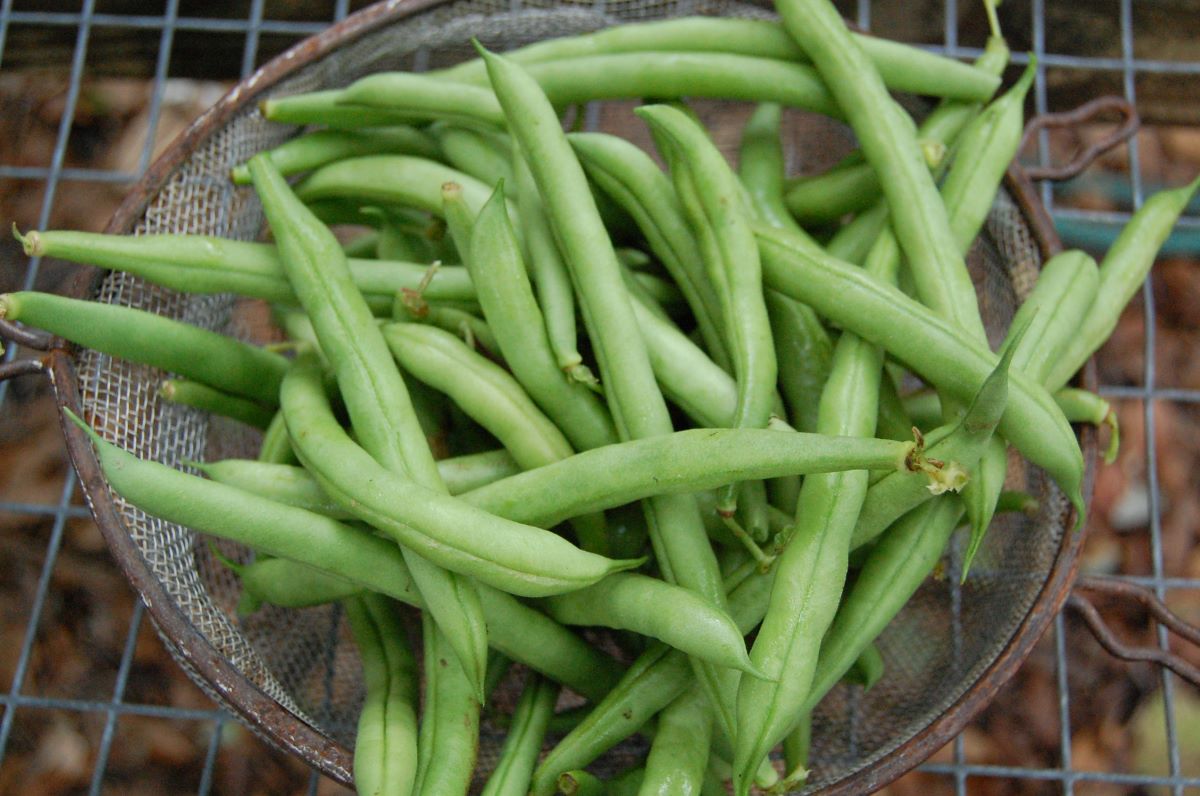
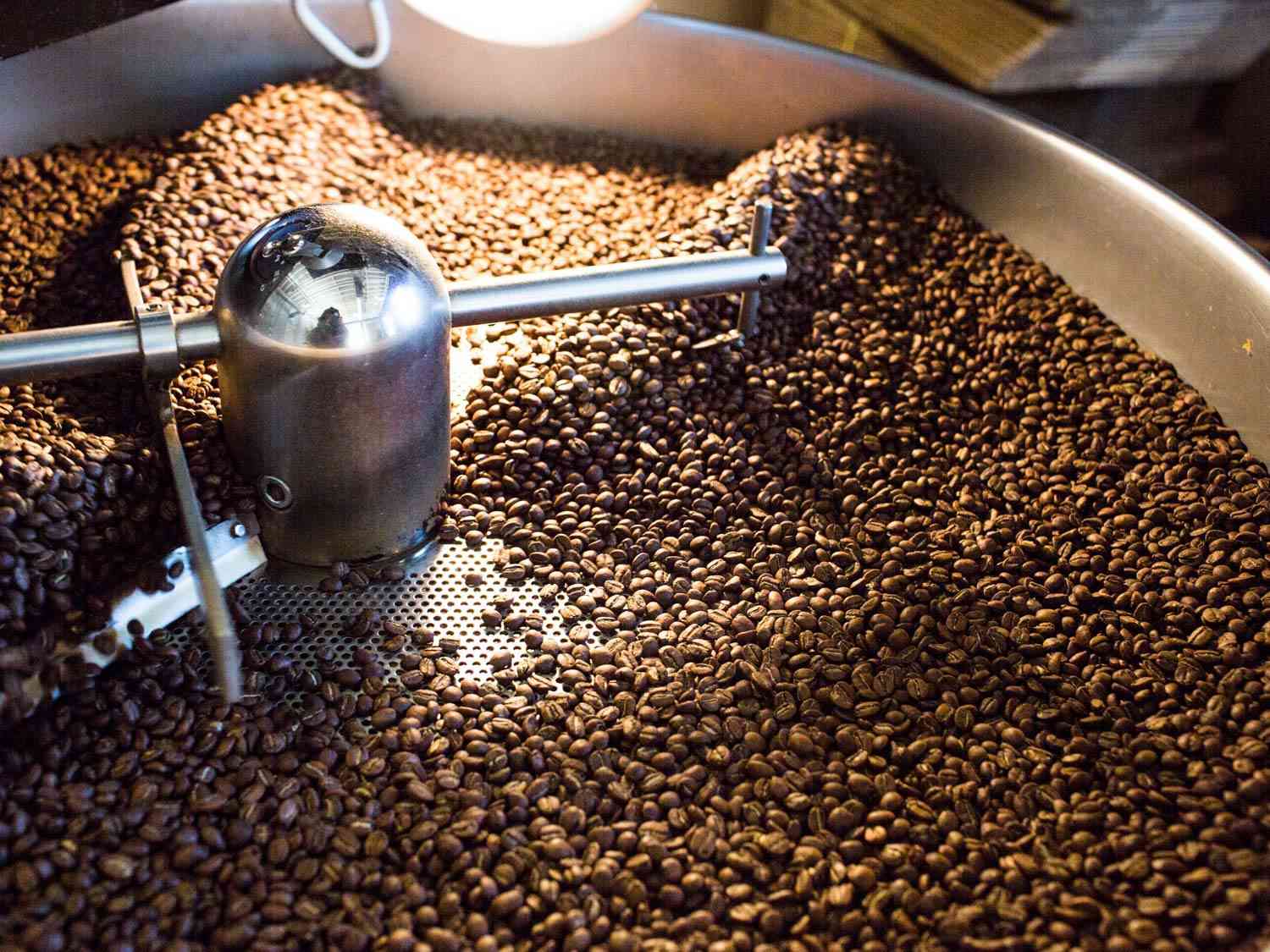
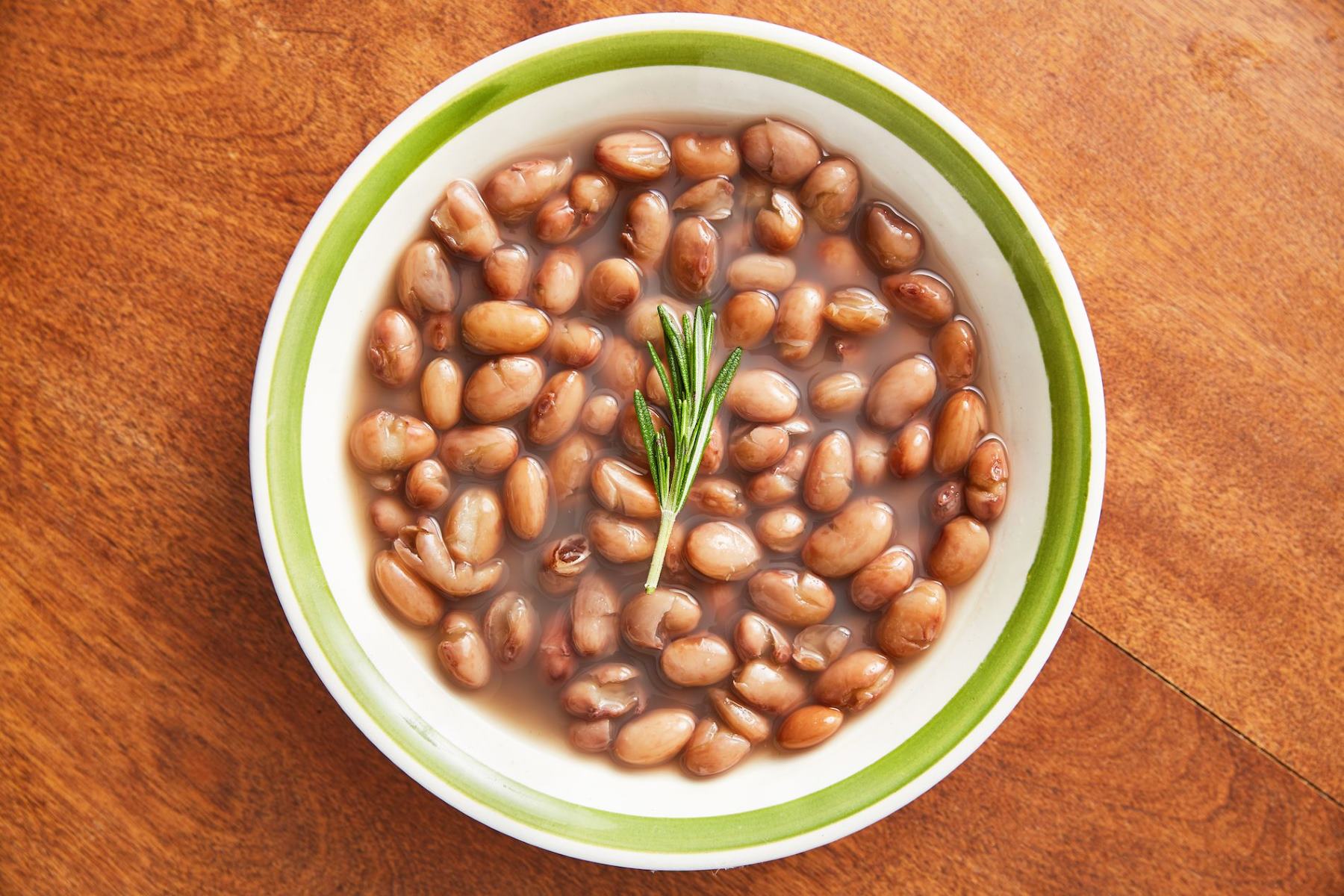
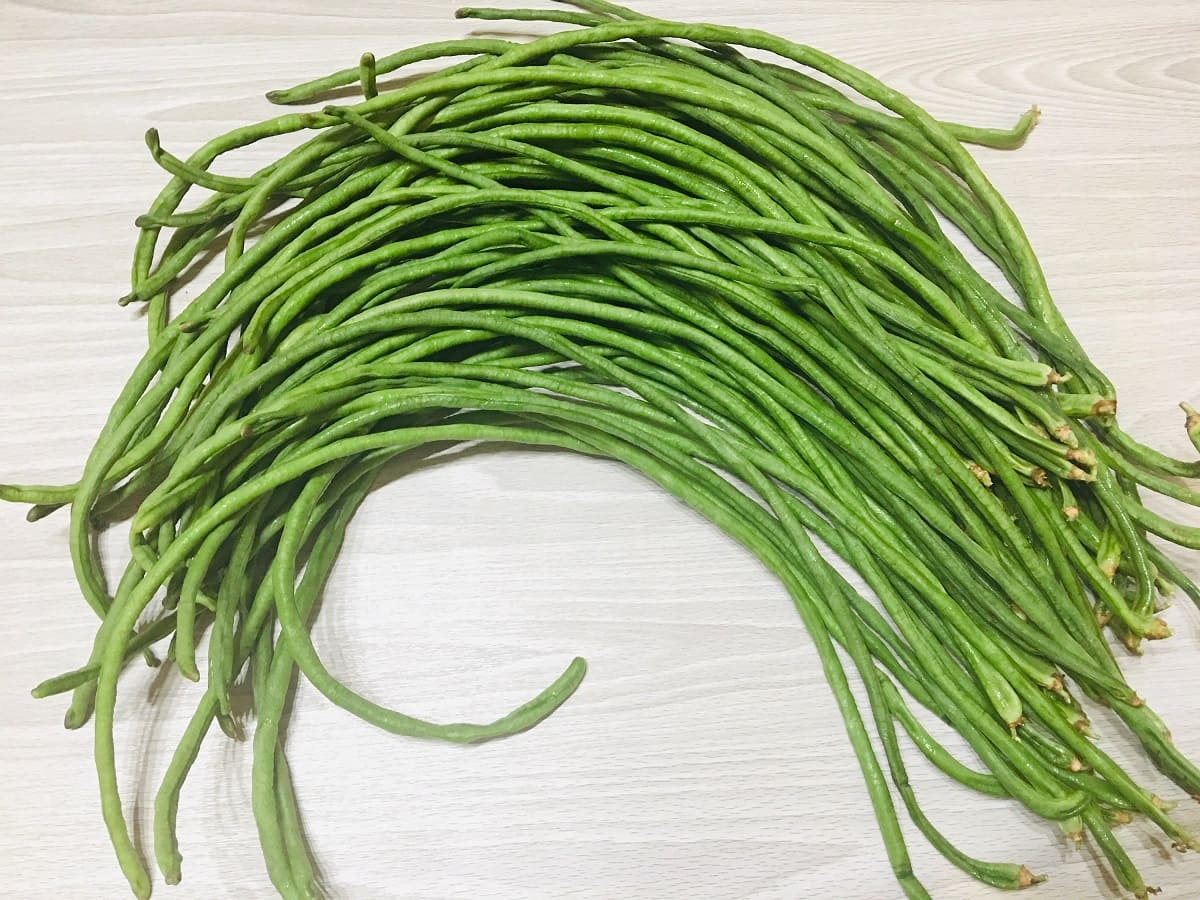


0 thoughts on “How To Store Dried Beans”